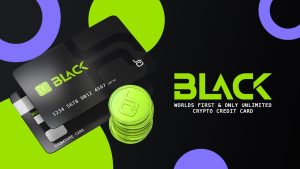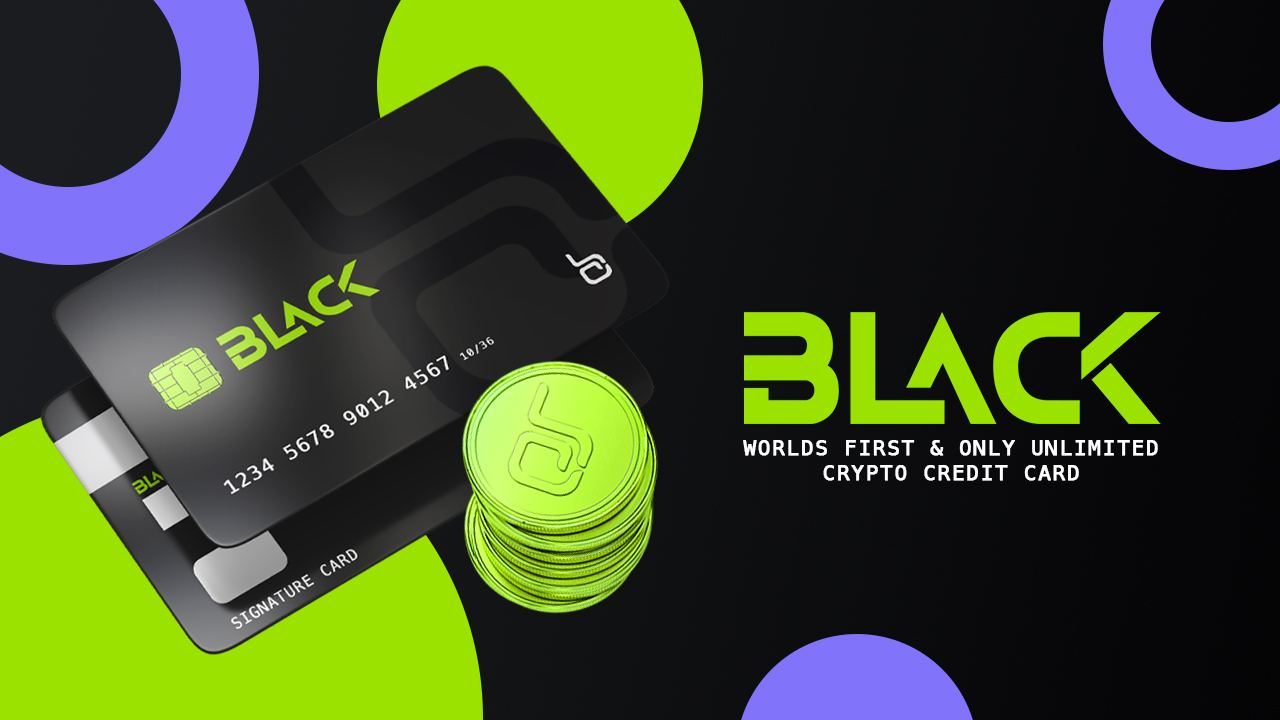Assessment of the security and stability of stablecoins
The first thing most people do when entering the crypto market through a decentralized exchange (DEX) is to convert their fiat currency into stablecoins and then buy other tokens.
Not only are stablecoins the primary channel for users to invest in cryptocurrencies, but also the foundation of the entire DeFi industry – they function primarily as a medium of exchange, but are also used for pools of liquidity and boosting profits.
Stablecoin classification
The market capitalization of stablecoins is still dominated by centralized stablecoins, with Tether’s USDT making up half of the market. DAI, the leading decentralized stablecoin, ranks fourth, while UST, an algorithmic stablecoin, ranks fifth.
Stablecoin market capitalization
Naturally, due to its close relationship with the dollar, USDT has caught the attention of regulators. There are also concerns that the secured currency currently poses systemic structural risks.
However, centralization, decentralization, and algorithms are all different. Are they all equally unstable? Are stablecoin fears justified? Can Tether destroy the entire DeFi sector?
Decentralized stablecoins
USDT, which has the advantage of being a pioneer, is the dominant centralized stablecoin. The spending model is that the user deposits a certain amount of dollars in Tether’s bank account and Tether transfers the same amount in USDT to the user after confirming receipt of the appropriate funds.
The price movement of USDT comes mainly from the credit approval of the issuer, the custodian and the dollars of the stablecoin holders.
Tether’s transparency and compliance issues cannot be resolved by centralized institutions. However, the large number of users and wide application base that USDT has amassed mean that people are still using it.
USDT’s market capitalization has grown steadily, tripling year-over-year in early November, with USDC only half the size of USDT’s market capitalization in second place, although the handling is more transparent.
Stablecoin market capitalization
Centralized stablecoins that rely on fiat currencies to sustain life. Compared to decentralized stablecoins, centralized stablecoins are prone to regulation and fiat currencies stored offline cannot be queried and tied to on-chain protocols.
Despite the decentralized spirit of the blockchain, many important projects, such as Tether, are centralized.
Imagine the SEC bringing charges against Tether or when it turns out that Tether is unable to raise adequate reserves. Users holding USDT are not protected from loss.
Stablecoin mortgage above standard
DAI, MIM, LUSD
MakerDAO was launched in 2018 and has played a pioneering role in the development of over-collateralized stablecoins. As a result, DAI became the market leader for this stablecoin. Although Liquity, which hits the market in 2021, has innovated and improved MakerDAO, the lack of use cases has limited the adoption of LUSD.
Abracadabra, whose model is similar to MakerDAO, has grown rapidly in two months, with its collateral token paying interest, and the stablecoin’s market cap, MIM, has overtaken LUSD a step ahead.
Stablecoin market capitalization too high collateral
safety
Cross-collateralized stablecoins generate stablecoins worth USD 1 by depositing collateral worth more than USD 1. Therefore, collateral can be other volatile tokens such as ETH, protocol tokens, and liquidity provider tokens (LP). Such stablecoins are in the same chain as the collateral and the main risk arises from fluctuations in the value of the collateral, so the liquidation mechanism of these protocols is particularly important.
In terms of collateral, MakerDAO has been introducing centralized assets like USDT and USDC since March 2020 and doubts about whether DAI is sufficiently decentralized are growing. The risks of DAI are tied to centralized stablecoins.
Liquity, a protocol that only ETH has as collateral for minting LUSD, aims to be decentralized in every way and has better liquidity and capital management mechanisms.
While Abracadabra’s core mechanism is similar to MakerDAO that enables secured interest-bearing assets, it is more of a more active MakerDAO, deployed in multiple chains with more collateral and enabling stablecoins. MIM is growing fast but also means higher risk.
Trading volume
DAI’s daily transaction volume far exceeds all other stablecoins, mainly because DAI, as a front runner, can be supported on a variety of protocols.
With LUSD, over 60% of the stablecoins circulate in the internal system due to its incentive mechanism, which supports fewer external use cases. Even MIM’s trading volume far exceeds the LUSD. This is mainly because Abracadabra has the ability to leverage flash loans and increase MIM on Curve liquidity through incentives for its SPELL token.
Mortgage stablecoin volume exceeds the standard
The stability
In terms of stability, MakerDAO regulates the supply and demand of DAI through stability fees and DSR (Dai Holding Rate), which affect the price of DAI. However, these adjustments are based on a vote by the holders of MKR, a token issued by MakerDAO. The majority of the MKR is held by early adopters and large investors.
Even with these decentralized holdings of MKR, such adjustments are similar to the monetary policy of the central banks – e. This has raised questions about the fairness and prudence of the governance model.
Liquity holds the price of LUSD through a “hard anchor” that opens arbitrage opportunities to the entire market using a buyback mechanism and “soft anchor” that allows users to earn LUSD at USD 1 and LUSD at USD 1 at any time burn.
Abracadabra’s stablecoin, MIM, is similar to DAI in terms of its stability mechanism, and the mint rate is used to adjust MIM’s cost of financing, which affects the balance of supply and demand.
Using footprint analytics data, we can see that DAI is the most stable. LUSD is relatively stable, except when the price is a little higher when it first appears on the internet. The MIM is also relatively stable between $ 0.97 and $ 1.01.
Stablecoin price is over-collateralized
Algorithmic stablecoins
UST, FEI, FRAX
Algorithmic stablecoins retain their value by stimulating the market to speculate on tokens using their own protocols. The main benefit is that the decentralized mechanism allows for higher capital utilization but can easily move price away from the anchor when the market is not arbitrage as the protocol foresees.
Terras UST is outstanding among the algorithmic stablecoins. Terra uses a dual token model with Luna, the token mainly used for governance, staking, and verification, and UST, a dollar-pegged native stablecoin. The UST is supported by Luna, and for every UST minted, Luna has to burn a dollar and Luna maintains the peg of the UST to the dollar through an arbitrage mechanism.
Also of note is the Fei Protocol, which set a new fundraising record in DeFi. In the week of its launch, it had a market cap of $ 2.4 billion, which fell to $ 500 million in three months. Fei’s anchor adjustment mechanism, which is based on PCV (Protocol Controlled Value) and Ethereum’s buyback mechanism, ensures stability. The Fei Protocol was intended to solve the problem of inefficiencies and difficulties in scaling overcollateralised stablecoins, but community pressure forced ongoing overhauls of the mechanism after its inception. It currently uses the Fixed Stabilization Module mechanism, similar to DAI.
Algorithmic stablecoin market capitalization
Trading volume
UST ranks first among other algorithmic stablecoins in terms of transaction value, although it is still a long way from the over-centralized stablecoin DAI. Currently, UST is comparable to MIM in terms of market capitalization.
Most of the active UST volume is attributed to the entire Terra Protocol, which was built around its original stablecoin. Terra’s protocol has been equipped for UST transaction scenarios since its inception, and UST can be linked to offline payments, stimulating the demand for UST.
Algorithmic stablecoin trading volume
The stability
Since UST’s stability mechanism is based on the promise of payments to Luna, it is essentially backed by Luna’s promise, rather than an overly centralized stablecoin. Based on full trust in Terra, arbitrageurs will ensure the stability of UST through arbitrage behavior. If Luna’s price goes down, an anchor crisis will ensue as users lose confidence in Luna’s market value.
The UST price has been relatively stable, with the only anchor drop occurring in May when the token price slipped. Fei has now been active for more than six months and has two difficult anchor distances behind him. In the first case, which occurred in early April when Fei first launched, Fei’s usage scenario was insufficient to support on-demand minting, creating an imbalance between supply and demand. The anchor removal in May was mainly due to the sharp drop in token price, which aroused suspicion among users.
Algorithmic stablecoin price
diploma
The three types of stablecoins have their own advantages and disadvantages.
Types of centralized stablecoins:
- Pros: Largest market capitalization due to relative stability and multiple use cases
- Disadvantages: Centralized security and a lack of transparency are ripe for massive abuse that endangers the entire system
Types of secured stablecoins:
- Positive: Relatively stable prices due to excess collateral
- Disadvantage…
Follow the Youtube Channel | Subscribe to telegram channel | Follow the Facebook page




















